The full guide to your audio cables
Setting up your DJ equipment can be confusing for many a beginner. But an essential part of a good set up is knowing which cables to use and the reasons for using a particular cable over another. In this guide, we’re going to break down all the cables types and explain their properties and best uses!
Unbalanced Cables vs Balanced Cables
You may notice the term balanced and unbalanced used when describing audio cables. In some cases, you can even use the same cable to either send balanced audio or unbalanced. So what’s the difference and why’s it necessary to use one over the other?
Unbalanced audio cables consist up of two conductors, the ground and the positive which carries the audio signal. Unfortunately, when you run a length conductor, it acts as an antenna, actively picking up external noise and interference. It’s for this reason that you can rarely buy unbalanced cables in lengths longer than 5m. Any length over this will pick up too much noise and interference, spoiling the quality of your audio.
A balanced cable carries a further conductor which sends an identical signal but in reverse phase. This extra conductor means along the length of the cable we have a signal, a reversed signal, and ground. This cable with all three conductors still picks up noise as an unbalanced cable would do. However, when the cable reaches its destination, the receiving unit (mixer, PA system, etc.) then flips the reversed signal back to normal. This action cancels out the noise that both conductors have picked up, leaving a perfect audio signal, even on runs up to 40m in length!
Unbalanced Cables
RCA
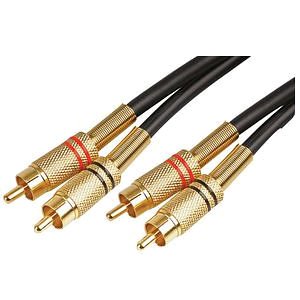
The most common cable that DJs will come across is the RCA cable or phono cable. Most commonly used to connect CDJ’s and Turntables to the back of a mixer, these connections have the signal carried down the central pin and the ground handled by the outer ring.
The RCA cables are mono, so two are used together, for this reason, they are colour coded to avoid confusion. White is for the left signal and red is for the right. A common problem with the RCA connector is that when connected, the inner signal connects before the ground connection does, resulting in a loud buzz, so be careful to have your speakers either turned down or off while wiring up.
TS
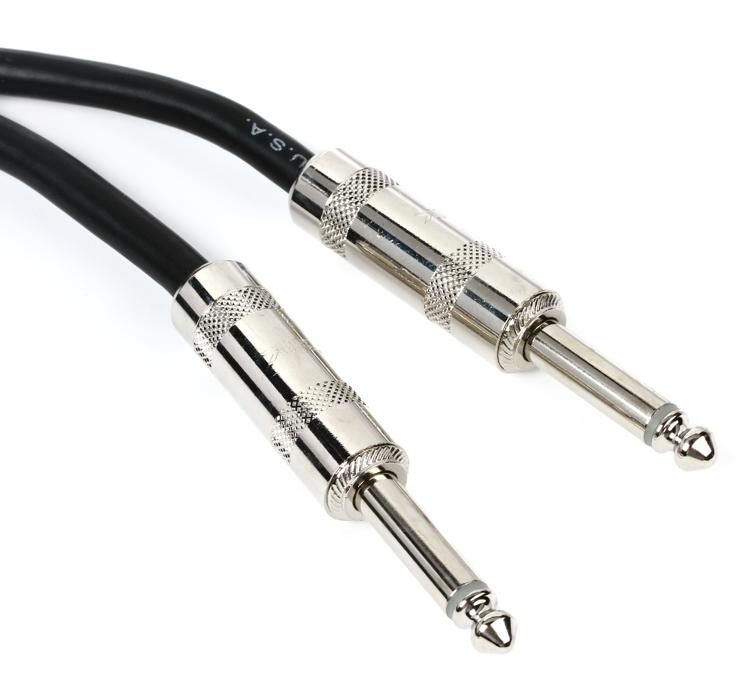
The TS cable, an unbalanced cable, is most commonly used for instruments such as the guitar. The name refers to the design, with the cable made up of a Tip and a Sleeve. This cable is a quarter-inch in size, and its first use was on telephone switchboards. These days DJs most commonly use the TS cable for connecting external effects units to mixers via the send/return loops.
Balanced Cables
XLR
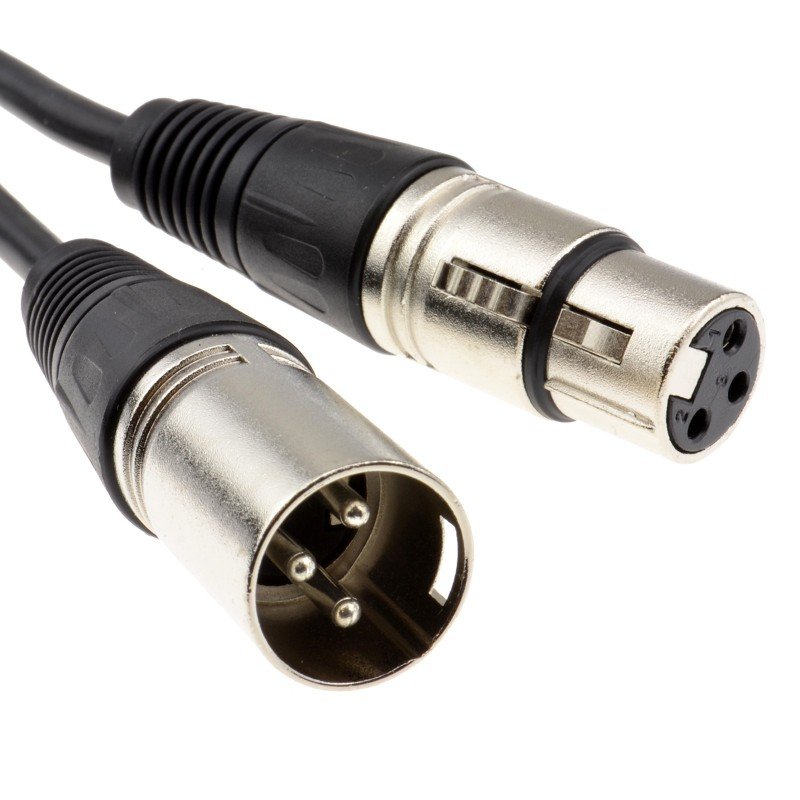
When a balanced connection is required, the XLR cable is the most commonly used. This cable features a locking connector to prevent accidental removal and three internal pins. These pins carry the hot (signal), cold (flipped phase signal) and ground. The XLR cable is used mainly for mixer outputs and microphones.
TRS
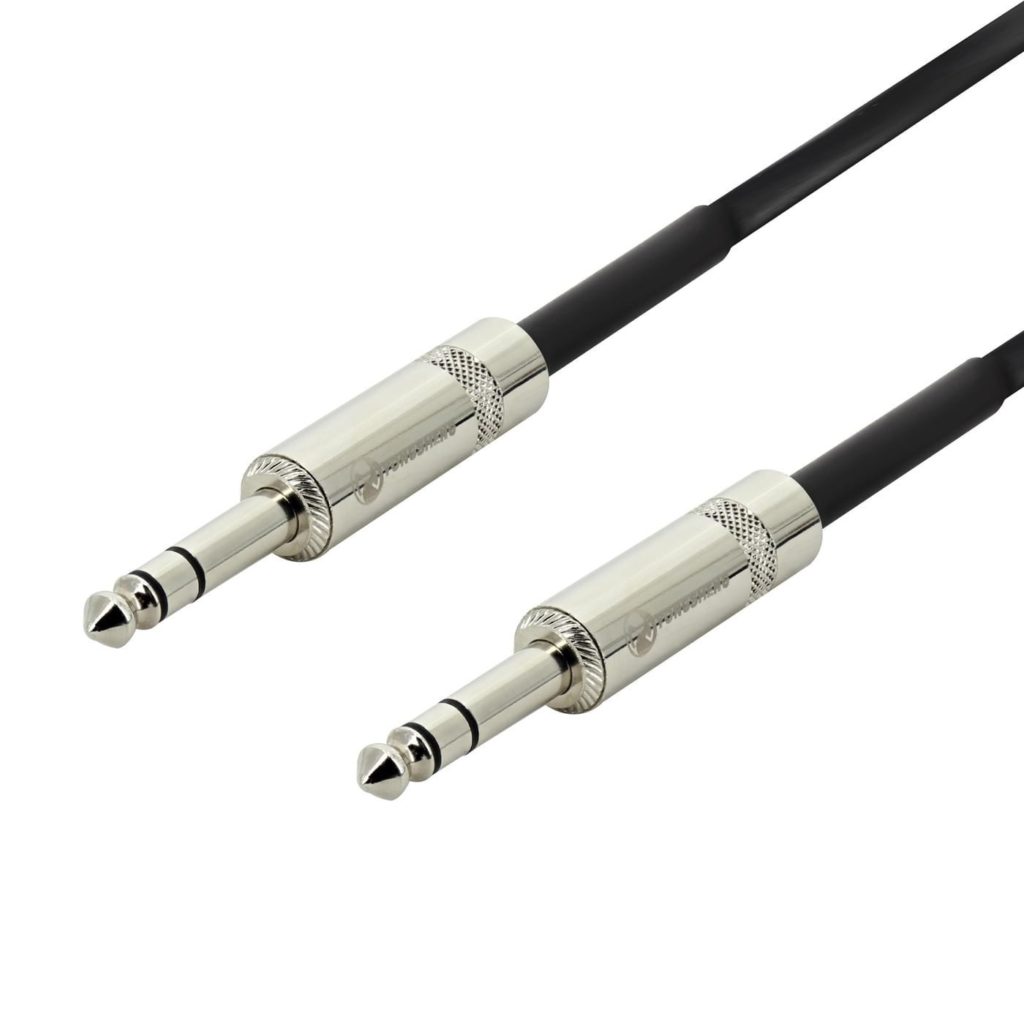
Very similar to the unbalanced TS cable, the TRS features another section which is indicated by a black ring. It’s the ring that changes the name of the cable. Tip, Ring, Sleeve. The three sections of the cable act like just like the XLR, with the hot, cold and ground handled by the individual sections. The 1/4inch TRS cable is most commonly used to connect DJ booth monitors to a DJ mixer.
The three sections of the TRS cable can also transfer unbalanced stereo audio. In this case, the three sections transfer the left channel, right channel, and ground. A great example of this use is headphone jacks.
TRRS
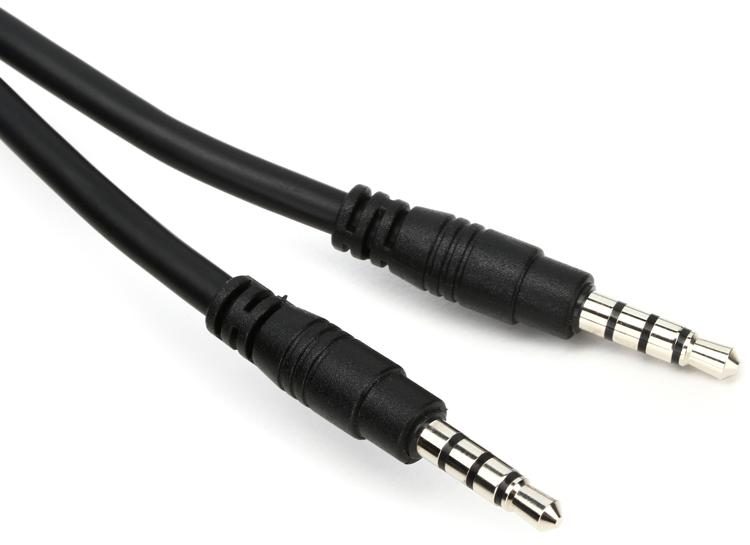
Not mainly used in DJ equipment, the TRRS (Tip, Ring, Ring, Sleeve) cable is most common in phone headsets. The additional channel is used for a microphone. It’s worth noting the TRRS however, as there are many cables and adaptors on the market and using a TRRS by accident can cause issues.
Digital Cables
Usually only found on higher-end DJ products, digital cables transfer data rather than an analogue signal, meaning the cable transfers 0’s and 1’s rather than a varying voltage. The receiving device then converts this from data to regular audio signal.
Digital cables transfer stereo audio and don’t suffer from noise or sound quality degradation depending on the cable quality. There is no audio quality improvement regardless of how much you spend on the cable, which is a great advantage. However, should a cable break there is zero signal, no reduced quality or buzzing as you’d expect from an analogue cable.
Digital Coaxial
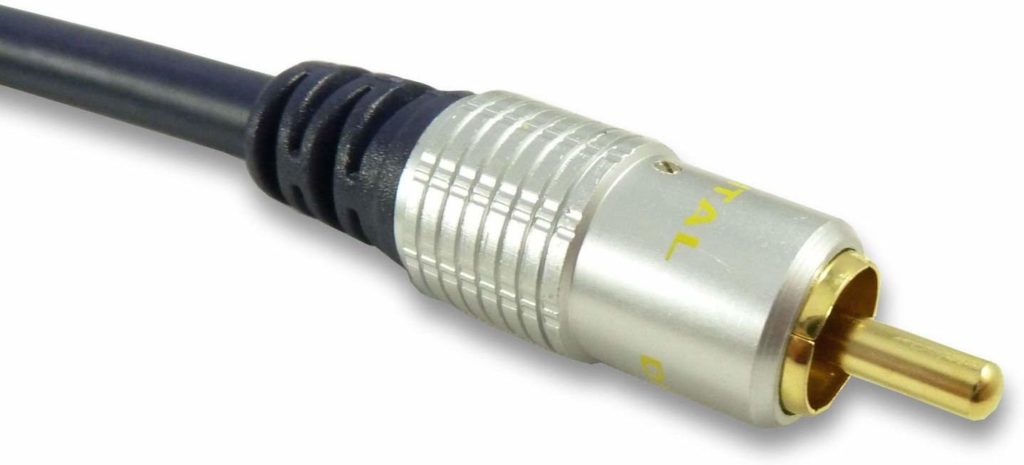
The digital coaxial cable looks at first glance just like an RCA cable. This is because the two cables share the same connector. Sending the stereo audio down one cable, the digital coaxial is used singular rather than the RCA pairs. A great advantage of the digital coaxial is that you can, in fact, use a regular RCA cable in its place.
USB
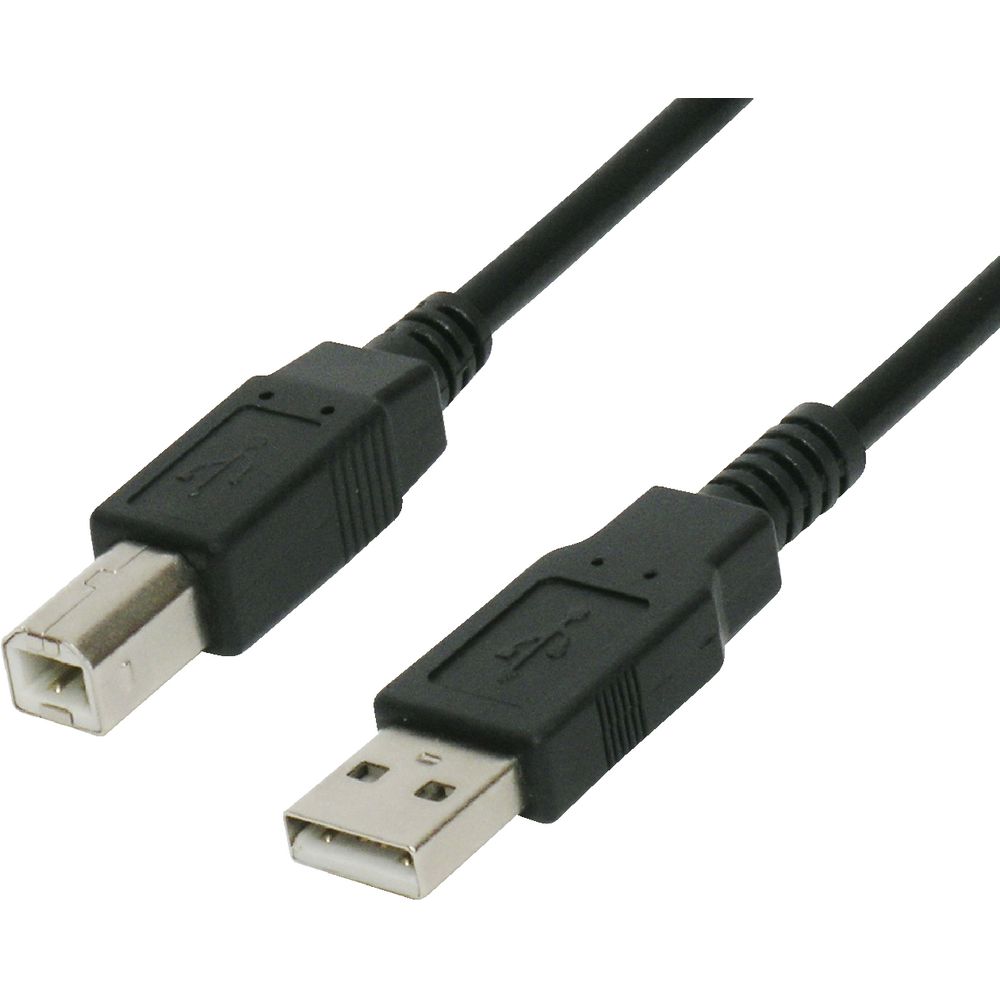
Used throughout digital DJing, the USB cable comes in many shapes and sizes. The various ports and standards can seem quite confusing, however, the great advantage of USB is it’s backwards compatibility. That means you can use a 3.1 USB C cable with a device that actually runs at 2.0 speed. Most audio equipment, including mixers and controllers, use the USB B style connector and run at USB 2.0
The regular USB port used by thumb drives and most computers use USB A ports with only the more modern Macbooks and tablets starting to adopt the USB C port.

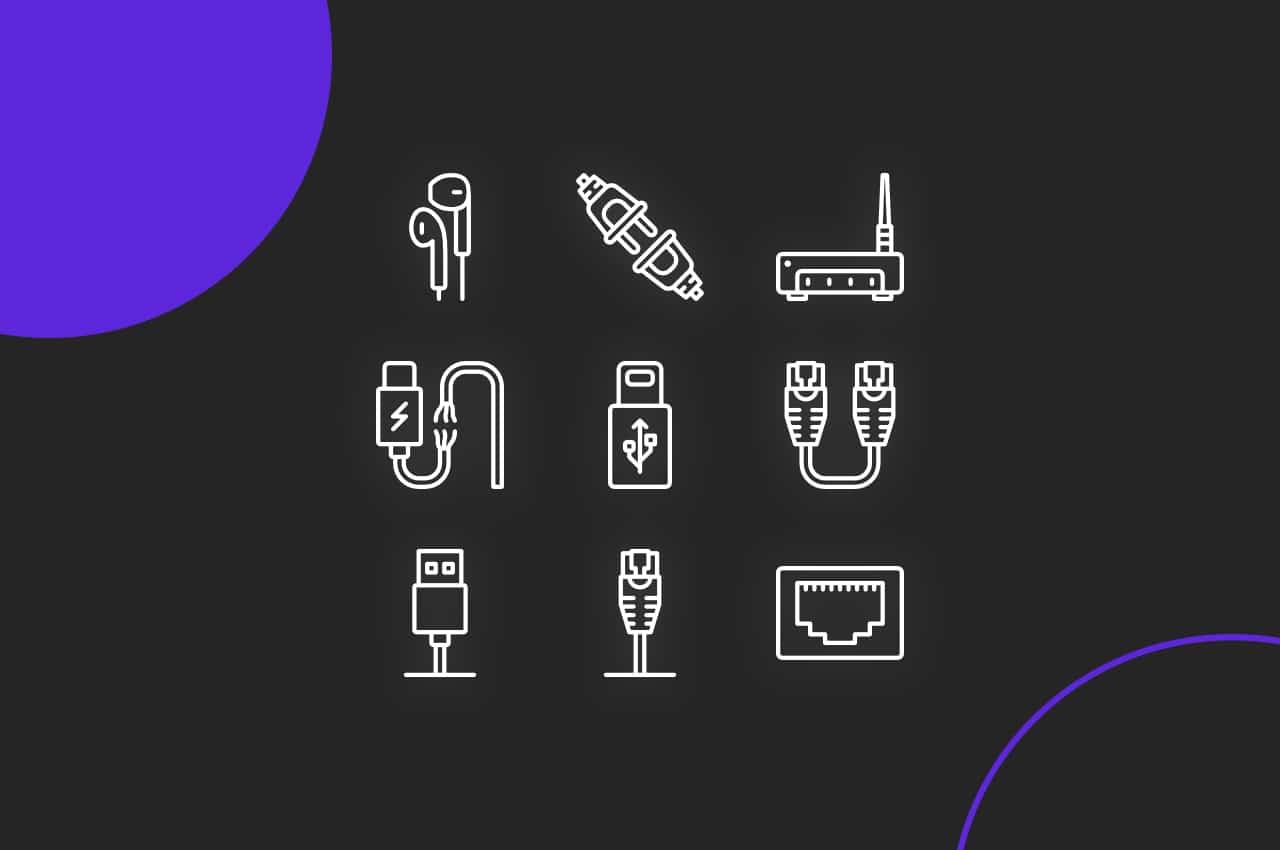
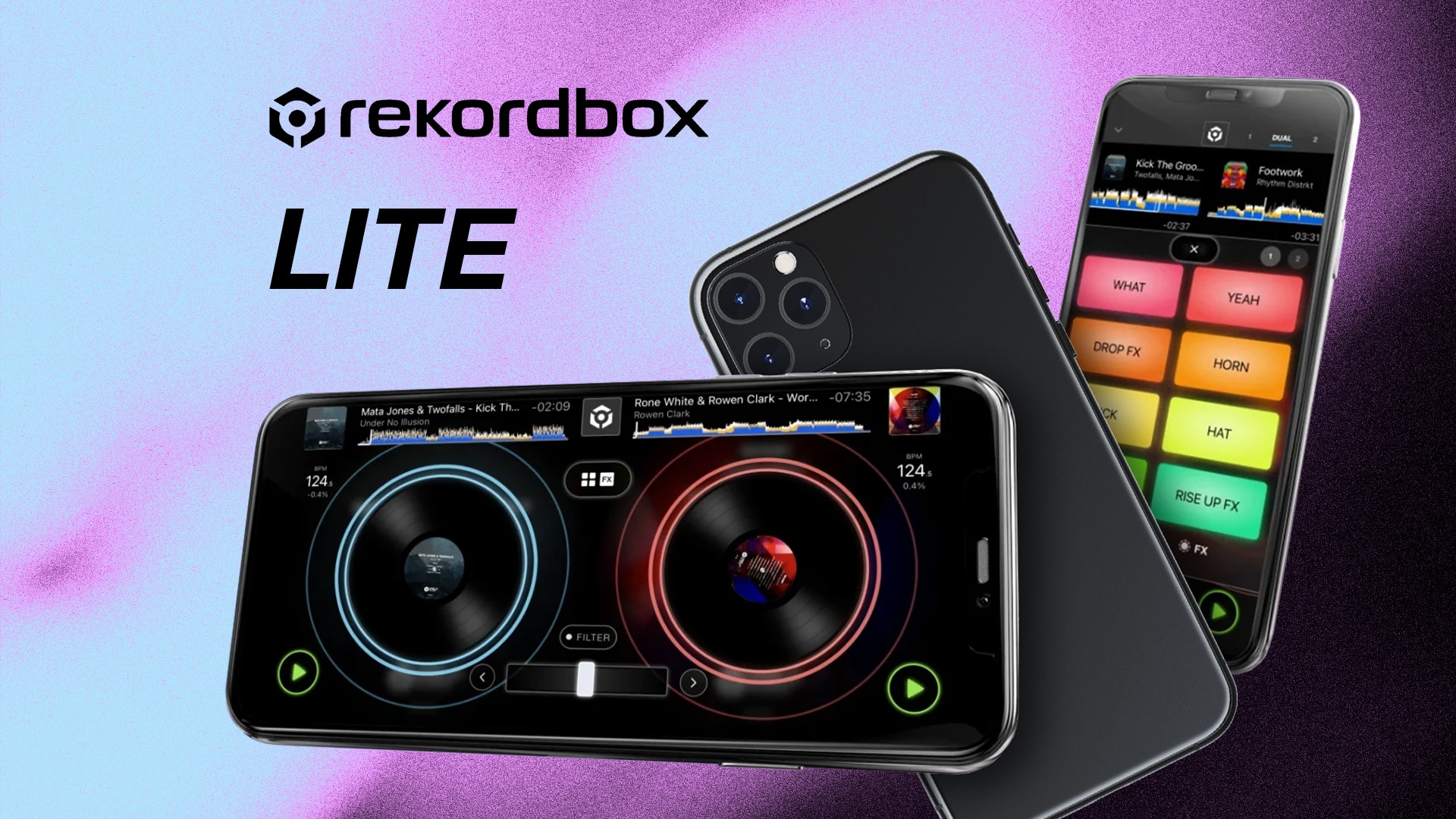


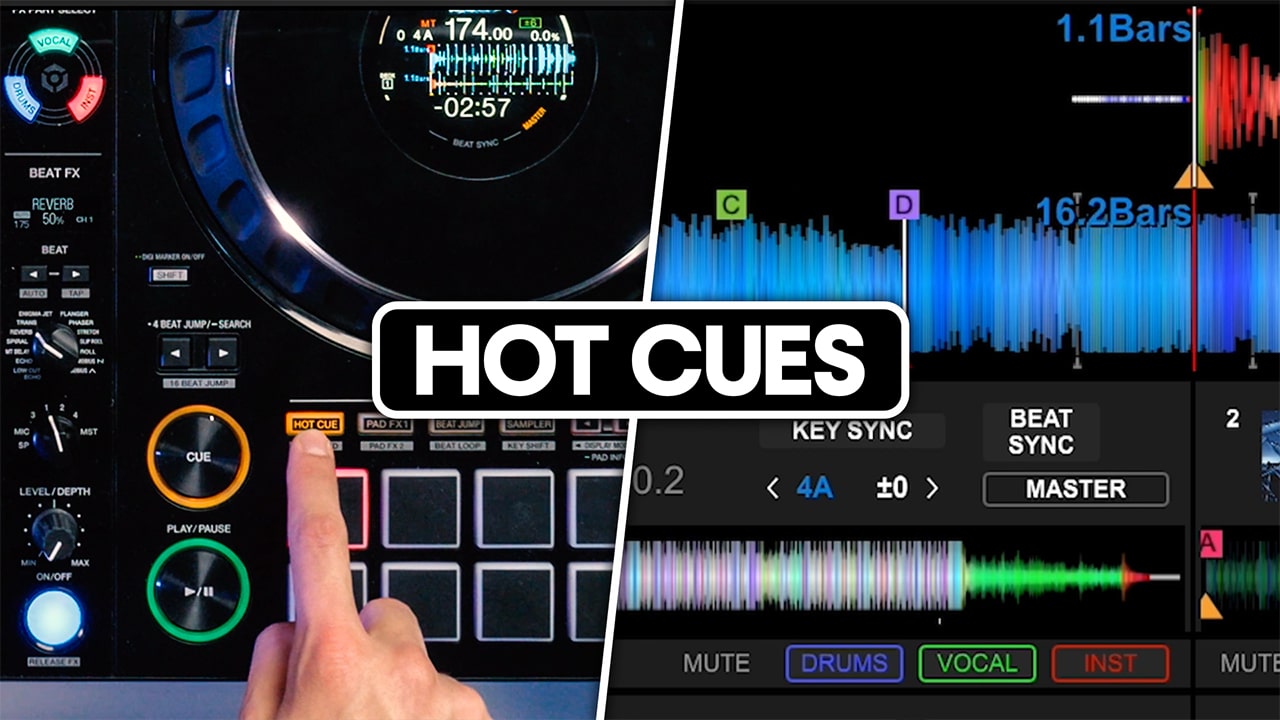
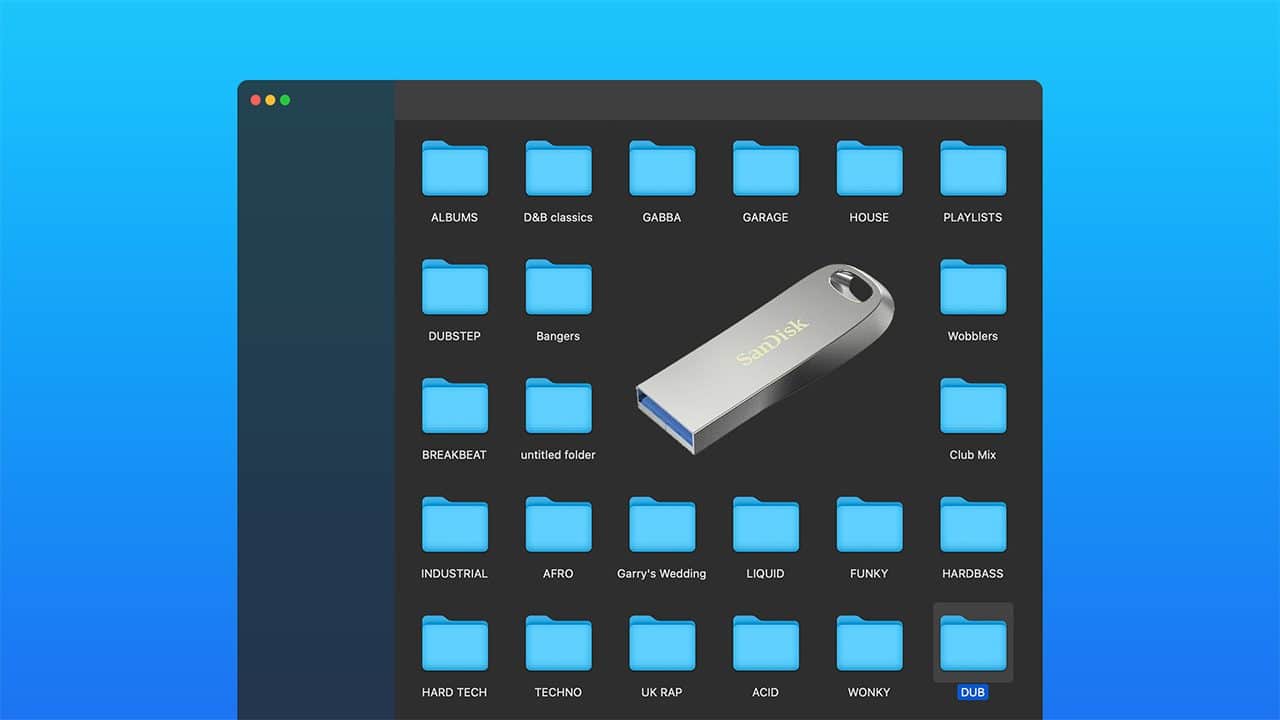
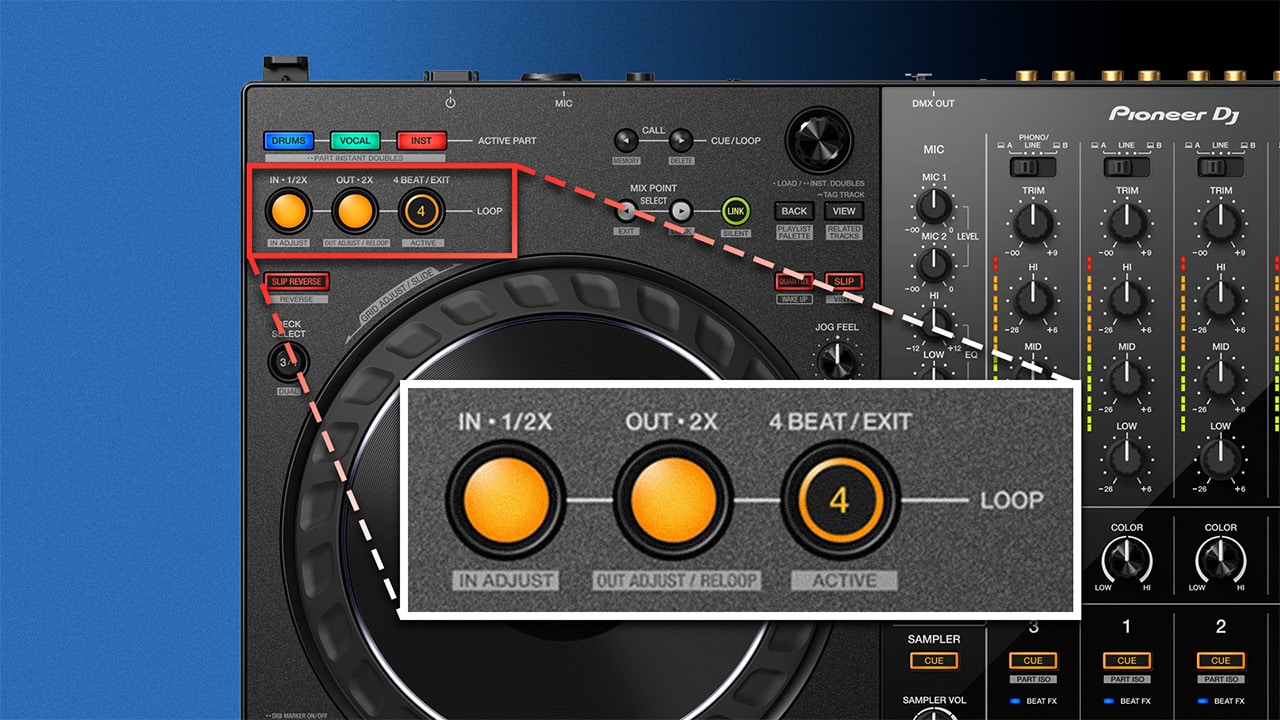
0 Comments